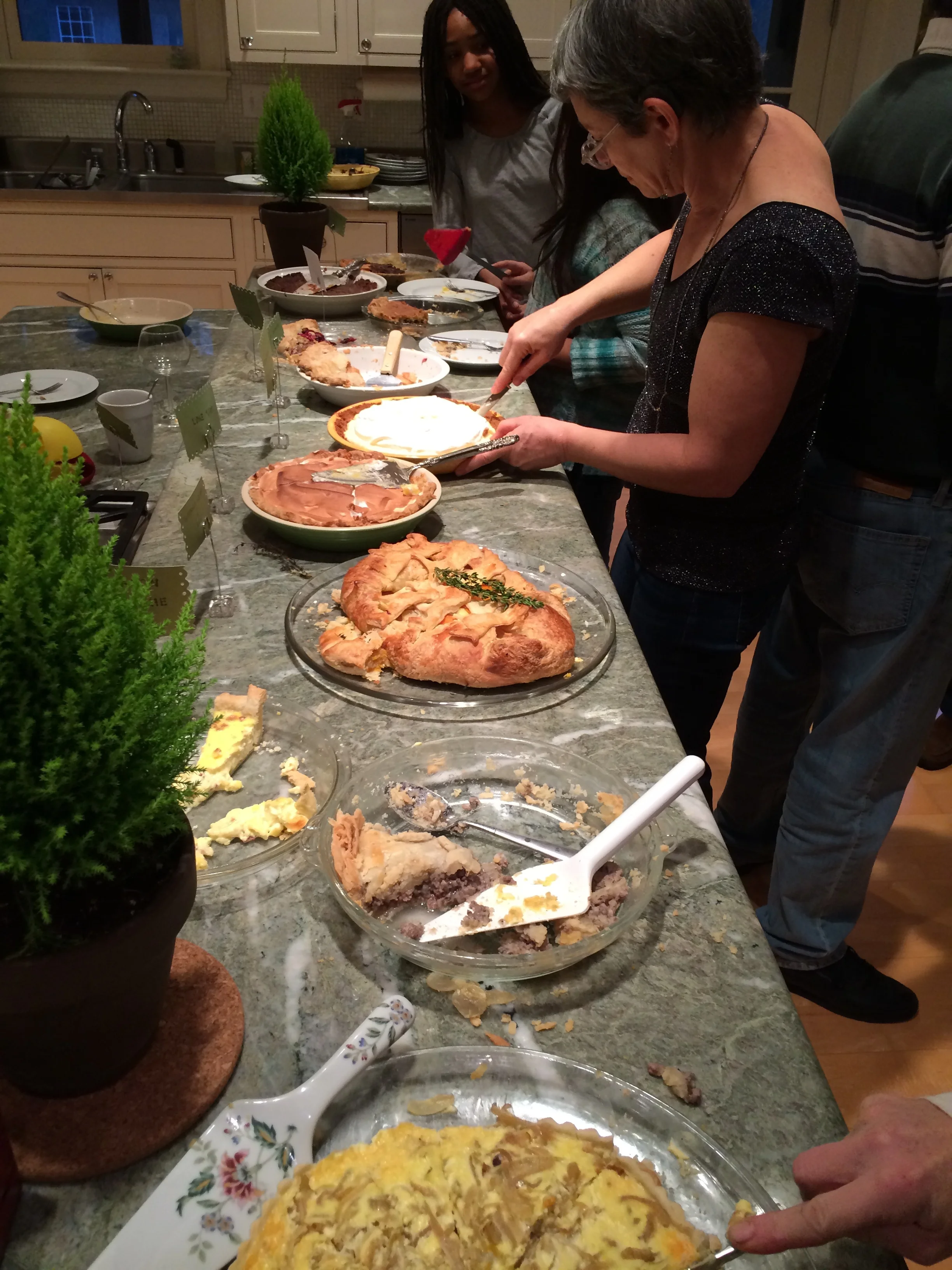Looking back & forth
/2013 was a good year.
No. That does it an injustice. 2013 was a freaking great year, by pretty much any measure Well. Except that I got in my first car accident in.. well, I think ever. Rear-ended a young lady who was doing some kind of stutter-stop dance on her brakes at a 3 way intersection. Still. I hit her. So my bad. But that's pretty much the exception that proved the rule.
Good travel. Good people. Good food. Good health.
I saw a monkey in the wild, and ate grilled pig intestine off a stick on a beach. (not at the same time). You can't tell me that wasn't a fantastic year.
For 2014, I don't have a lot of resolutions. I'd like to strive to play music more regularly - banjo, ukulele. Whatever. I am always refreshed and rejuvenated after I sit down for a while and pick. Especially when I get the chance to play with others. And I'd certainly always like to write more. For the same reasons. Except not with others. That would be weird. I'm not even sure how that would work.
Like almost everyone in the working world, I have a whole list of professional goals for the year - many of which are the required business folderol ('Complete Super Mega Important Project on time & within budget'). But a few of which are the fun ones ('Find a way to top being on stage at an industry conference in front of >55,000 peers.' ).
(Note to self: make "use words like 'folderol' in at least one powerpoint presentation for the office' a goal.)
But otherwise, my goals for 2014 are pretty much the same: keep having this kind of fun.
Even without a list of resolutions, I made a big mess of hoppin' john for New Year's day - eating black eyed peas on new year's day is a Southern tradition for good luck. To be clear, it's a Southern tradition that we have never before kept. But this year, when I said we would have black eyed peas and got a weird look from everyone in my house, I just stated with solemn authority: "It's a Southern Tradition."
And it was good. I used a recipe from a combination of sources, but mostly a Southern cookbook my Bride got me a few years ago. I've noted it below - this would be good pretty much any time of year. Don't wait for New Years
Hoppin' John
- 1 lb dry black eyed peas
- 1 large onion - diced
- 6 oz bacon (about a third of a pack) - diced (I chop mine up with scissors)
- 1 large rib celery
- 3 cloves garlic, diced
- 1 quart chicken stock
- chili flakes
- bay leaf
- thyme, salt, black pepper
- Fresh tomato
- White, long- or medium-grained rice
Soak the black eyed peas over night. Don't hurry this. I don't care what any of the "quick soak" recipes say - it's going to most of a day to simmer these peas soft, even after a night's soaking. And then you're going to want to change out the water when you're done.
Take your stock pot and start the bacon, onion and garlic on medium heat until the bacon crisps and the onion turns soft and warm. Then add the peas, chicken stock & bay leaf. I add about a tsp of thyme, chili flakes and black pepper & salt. Bring to a boil, and then turn down to simmer. Add stock or water if the liquid reduces too much. Some recipes will lead you to believe you can make this in under 60 minutes. They are lying. Just keep simmering until it's done.
You'll see a lot of arguments about people believing you should add the rice into the hoppin' John to cook, but those people are fools. Serve the peas over a mound of fresh rice, with diced fresh tomatoes on top as a garnish.
I serve mine with a side of collard greens, splashed liberally a spicy, Filipino cane sugar called Sukang Maasim (rhymes with 'I bet Jesus puts this on his collard greens') You can buy it on Amazon now, if you don't have a handy Filipino store in your neighborhood. Or just substitute white vinegar of whatever type you have handy.
But don't. This vinegar makes the dish. And I have it on good authority that it makes you even luckier*
(*Ed. note: I just made that up)
























